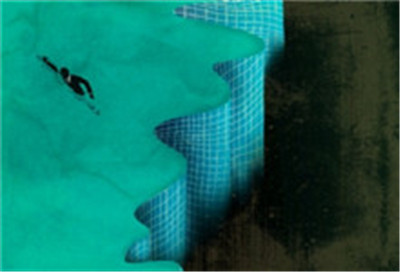the mogao caves怎么读 The Mogao Caves A Glimpse into China's Buddhist Art Treasures
The Mogao Caves, also known as the Thousand Buddha Grottoes, is a UNESCO World Heritage site located near the ancient Silk Road in Dunhuang, China. The caves, dating back to the 4th century, are renowned for their stunning Buddhist wall paintings, sculptures, and manuscripts. In this article, we will explore the history, significance, and pronunciation of the Mogao Caves.
一、普通话读音

Mogao (莫高) is pronounced as \"muh-gow,\" with the emphasis on the first syllable. The \"o\" in both syllables is pronounced as the \"o\" in \"go.\" Caves (洞窟) is pronounced as \"dong-koo,\" with both syllables equally stressed.
二、历史和背景

The history of the Mogao Caves can be traced back to the 4th century, during the Northern Liang Dynasty. The caves were originally used as a place for Buddhist monks to meditate and translate sutras. Over the centuries, the cave complex expanded, resulting in a mesmerizing collection of over 735 caves filled with religious art.
三、壁画与雕塑
Upon entering the caves, visitors will be captivated by the awe-inspiring wall paintings that adorn the walls. These paintings depict various Buddhist deities, heavenly beings, and scenes from Buddhist scriptures. The art techniques employed in these paintings are exquisite, showcasing the artistic achievements of ancient China. Additionally, the Mogao Caves house numerous Buddhist sculptures, ranging from small statuettes to colossal statues. These sculptures are intricately detailed and serve as a testament to the skill and devotion of the artisans.

四、文献的发现
In addition to the visual art, the Mogao Caves are also famous for their discovery of a vast collection of manuscripts. In 1900, a hidden library known as the \"Library Cave\" was found within one of the caves. This cave contained thousands of scrolls and books, including Buddhist sutras, historical records, and documents dating back to the Tang Dynasty. The manuscripts provide valuable insights into the religious, cultural, and social aspects of ancient Chinese civilization.
五、文化遗产的保护
Preserving and protecting the Mogao Caves and its treasures is a top priority. The delicate wall paintings and fragile manuscripts require constant care to prevent deterioration. The caves have been equipped with advanced environmental control systems to regulate temperature and humidity. Additionally, measures have been taken to limit the number of visitors per day, ensuring the long-term preservation of this cultural heritage site.
六、旅游体验
Visiting the Mogao Caves is a unique and enriching experience. The site offers guided tours led by knowledgeable experts who provide insights into the history, art, and significance of the caves. Visitors can marvel at the beautifully painted ceilings, inspect the intricate sculptures up close, and immerse themselves in the spiritual ambiance of this ancient Buddhist sanctuary.
七、结语
The Mogao Caves are not only a testament to China's rich religious and artistic heritage but also a window into the world of ancient Buddhism. Through its captivating wall paintings, sculptures, and manuscripts, the Mogao Caves continue to amaze and inspire visitors, fostering a deeper understanding and appreciation of this profound aspect of Chinese culture.







